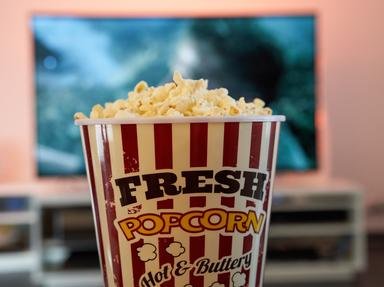Quiz Answer Key and Fun Facts
1. Part of the differences between a book and movie may be based on who creates each. While Stanley Kubrick is credited as the director for the movie "2001: A Space Odyssey", which author of the novel "2001: A Space Odyssey" is credited as the co-author of the screenplay?
2. Towards which planet is the spacecraft "Discovery One" headed in the novel?
3. In the novel, the monoliths (prominent in the storyline) are described as having a ratio of 1:4:9 for their dimensions of depth, width, and height. Are the monoliths in the movie more slender and elongated, relatively speaking?
4. In the film, Dr. Heywood Floyd travels on the Moon via a flying shuttle to visit the location of the monolith. How does he travel in the novel to make the same visit?
5. In the novel, HAL 9000, the computer on board the "Discovery One" says that his creator is Dr. Chandra. What name does HAL give for his creator in the movie?
6. Along with Dave Bowman and Frank Poole, three other crew members are in suspended animation on "Discovery One". During the voyage, HAL kills the three by disconnecting the life support systems in their pods. Does HAL do this while both Bowman and Poole are off the ship?
7. In the novel, ground control instructs Dave Bowman and Frank Poole on when to shut down HAL. How does HAL discover Bowman and Poole's plans in the film?
8. In both the novel and the movie, there is an opening sequence of prehistoric humanoids and their encounter with the monolith. Does the sequence in the movie take place farther in the past than the sequence in the novel?
9. One of the most famous lines in "2001: A Space Odyssey" is Dave Bowman's statement, "Oh my God-- it's full of stars!" Does this occur in the movie version or the novel version?
10. The movie "2001: A Space Odyssey" was described as "confusing" in its message by publisher Lester del Rey. According to Stanley Kubrick, was the novel "2001: A Space Odyssey" more explicit in its message than the movie?
Source: Author
bernie73
This quiz was reviewed by FunTrivia editor
kyleisalive before going online.
Any errors found in FunTrivia content are routinely corrected through our feedback system.
